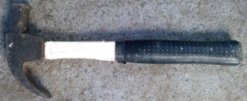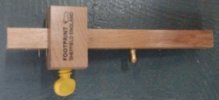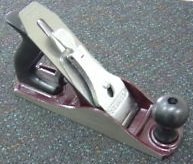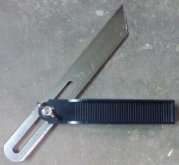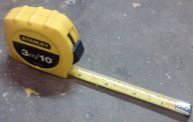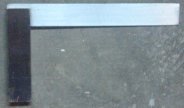| Home & Contact |
|
|||||||||||||||||||||||||||||||
|---|---|---|---|---|---|---|---|---|---|---|---|---|---|---|---|---|---|---|---|---|---|---|---|---|---|---|---|---|---|---|---|---|
| Home Contact Me |
||||||||||||||||||||||||||||||||
| Timber | ||||||||||||||||||||||||||||||||
| Solid Timber Particle Board Plywood MDF Veneer |
||||||||||||||||||||||||||||||||
| Joints | ||||||||||||||||||||||||||||||||
| Butt Mitre Rebate Housing Halving Dowel Biscuit Dovetail Mortise and Tenon Bridle Tongue and Groove |
||||||||||||||||||||||||||||||||
| Finishes | ||||||||||||||||||||||||||||||||
| Stains Oils Wax Acrylic Polyurethane |
||||||||||||||||||||||||||||||||
| Adhesives | ||||||||||||||||||||||||||||||||
| PVA Epoxy Polyurethane Contact Adhesive |
||||||||||||||||||||||||||||||||
| Components | ||||||||||||||||||||||||||||||||
| Nails Screws Hinges |
||||||||||||||||||||||||||||||||
| Tools | ||||||||||||||||||||||||||||||||
| Power Tools Machinery |
||||||||||||||||||||||||||||||||
| Facts and Tips | ||||||||||||||||||||||||||||||||
| Hardwood Softwood Seasoning Wood Layers Woodwork Tips |
Copyright © 2010 - 2019 woodworkbasics.com. All Rights Reserved.
Best Viewed in Screen Resolution 1280 × 720 or Higher

